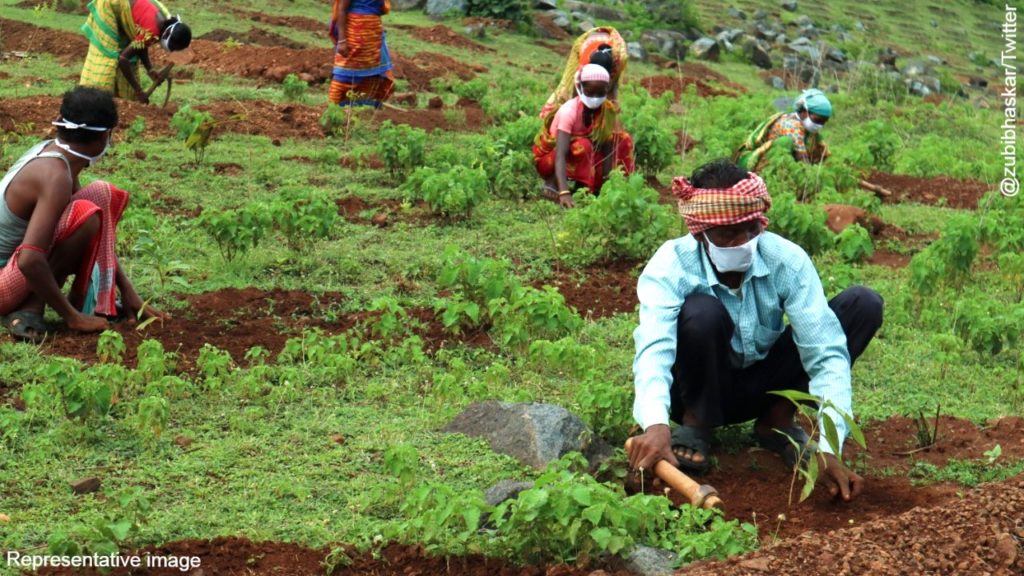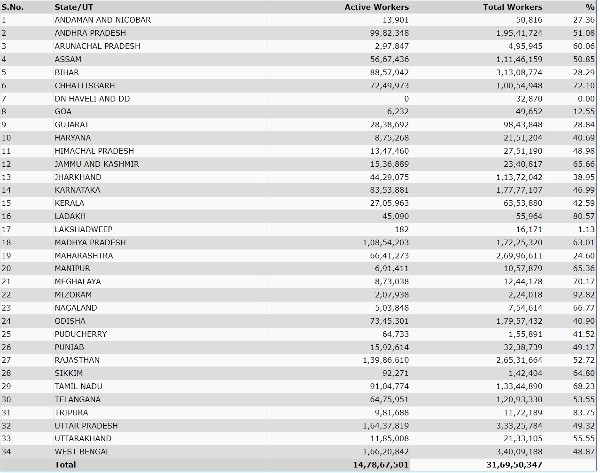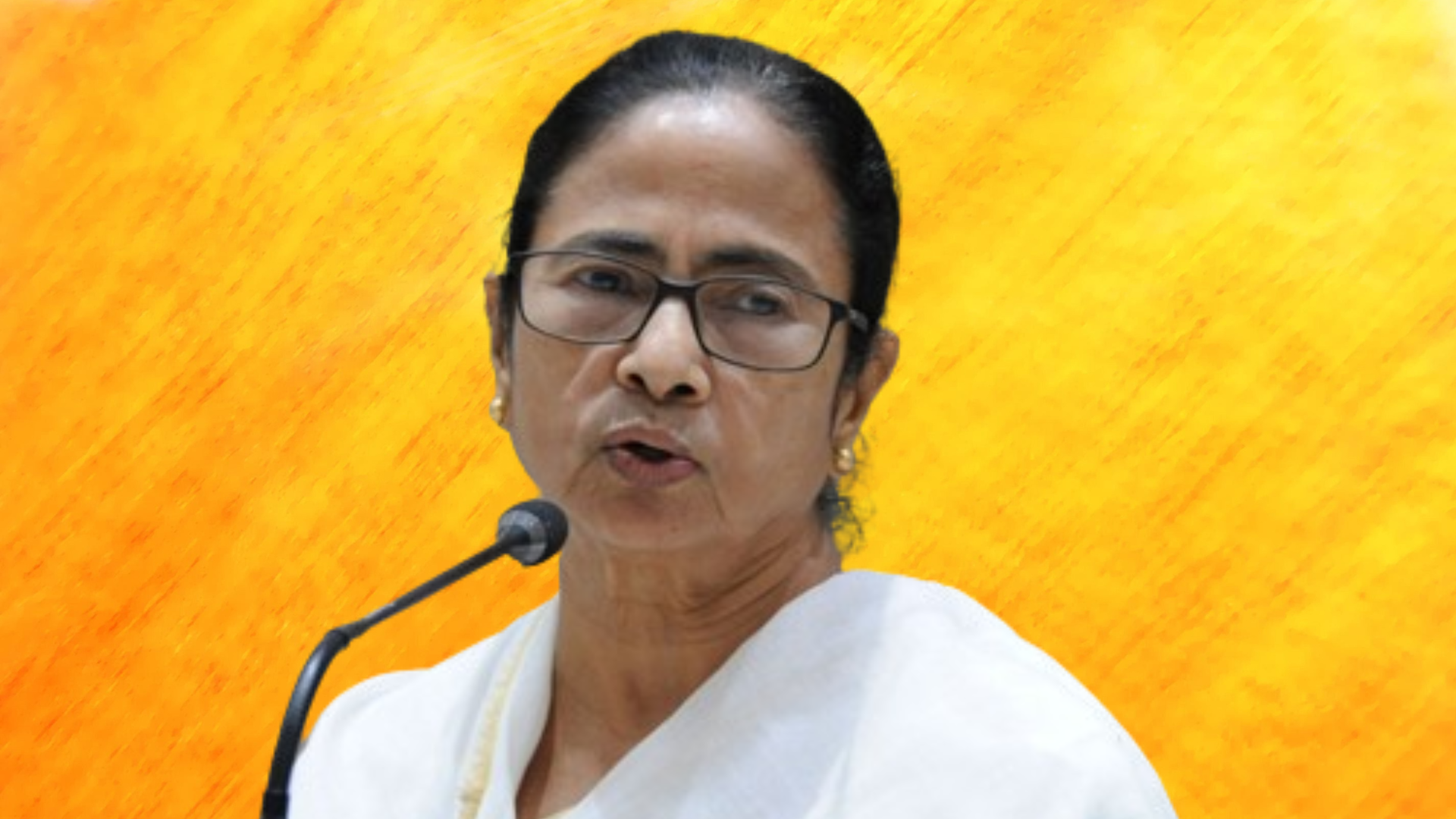Bengal tops MGNREGA implementation in 2021-22
By Amit Ukil

A butterfly park in Puncha, a picnic resort on the banks of the Kangsabati River and several small orchards are some of the fruits that self-help groups (SHGs) have successfully borne in the mostly rocky and rain-starved district of Purulia, West Bengal, over the last two years. The SHGs got funds for these projects from a government scheme that ensures work for the rural poor—the Mahatma Gandhi National Rural Employment Guarantee Act (MGNREGA).
Adopted by the Central government in 2005, MGNREGA has enabled thousands of rural poor to get a minimum number of days’ work in a year, thus helping them avoid lack of sustenance and abject poverty.
The scheme has been especially useful for migratory workers returning home to penury during the pandemic-enforced lockdowns in the country since March 2020.
Seeing the necessity of the scheme, and the urgency of the situation, the West Bengal government has given full attention to its implementation, emphasising on backward districts like Jalpaiguri and Purulia. So much so that it has not only been able to extend the scheme to a high number of beneficiaries, but also provide daily wage rates in excess of the recommendations as laid down in the scheme.
The concerted initiatives and efforts, from Chief Minister Mamata Banerjee right down to the panchayat pradhans (village chiefs), have resulted in Bengal emerging as the topmost state implementing MGNREGA in the 2021-22 fiscal in terms of the number of persons benefiting.
According to figures by the Ministry of Rural Development, as many as 1.6 crore people enrolled in the scheme, which is the highest among the 28 states in India. The number of person-days generated in the same period was 36.42 crore, which was second only to the state of Rajasthan.
Kabita Mudi and Monica Tudu are among several brick kiln workers from Hooghly who were forced to return to Jitujuri, their village in Manbazar I block of Purulia, when the COVID-19 pandemic first broke in March 2020.
“We had no idea about how to earn a livelihood, as our families don’t have cultivation. We relied on earnings from the kilns, but travel restrictions and the kilns themselves closing down had robbed us of that. We then enrolled with the job guarantee scheme at the village panchayat, and within a few days got work on a project on the Kangsabati riverbank. And then, through the SHG which we are members of, we built and maintained a resort which is doing quite well now,” Kabita said.
Raju Das, a nirman sahayak (project coordinator) of the scheme in the region, explained that works such as these were being funded through MGNREGA, especially after the chief minister had in 2020 suggested linking tourism projects with the job guarantee scheme.
“Besides the resort, a butterfly park and a number of fruit-bearing gardens have been set up through SHGs in the Manbazar subdivision. The resort and the 20 SHGs involved in it were able to log a profit of Rs 5.7 lakh till March this year,” Das said.
But all is not a bed of roses. The Central government has cut down on the allocation for the scheme since last year, making it difficult for many states to provide even 100 person-days a year. This is in sharp contrast to the recommendations of a parliamentary standing committee on rural development, which suggested that the number of guaranteed work-days under the scheme be increased to 150 from the current 100.
“The committee strongly recommends to the Department of Rural Development to undertake a holistic review of the MGNREGA Scheme in such a way which could ensure an increase of guaranteed days of work from 100 to 150 days,” the panel had said in its report submitted to the Lok Sabha in February this year.
But with the current budgetary allocation of ₹73,000 crore for the scheme, 30 days of work at the most can be provided to around 7.5 crore households registered under the scheme in the current fiscal, if supplementary allocation is not made.
The incidence of COVID-19 infections is fortunately low in the country now, enabling the lifting of restrictions and opening up of the economy. Job opportunities are returning. But it is quite likely that another wave may strike, and force lockdowns once again, as has happened in Shanghai. The Central and state governments must be prepared for this and have schemes like MGNREGA that enable weaker sections to tackle hard times.








